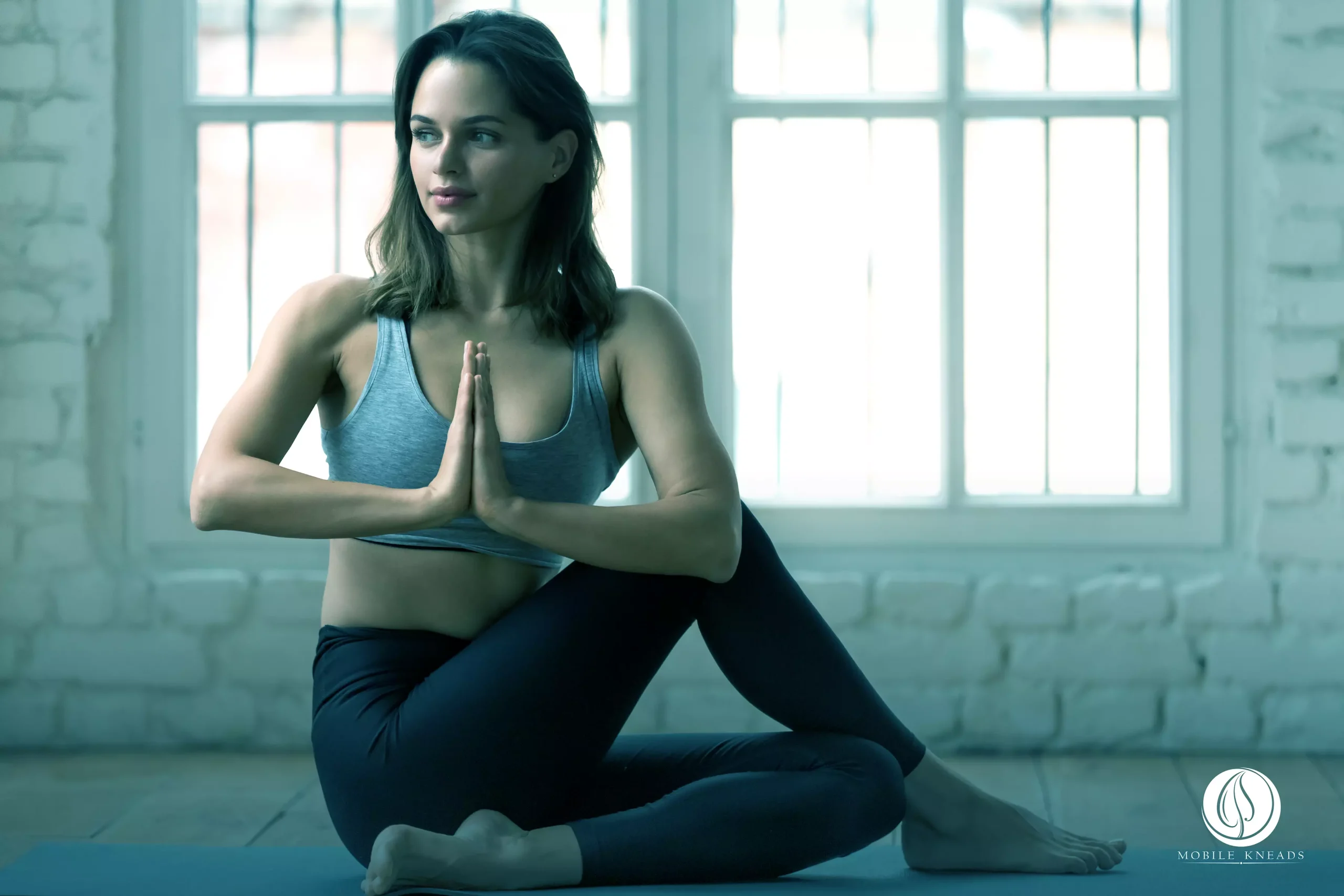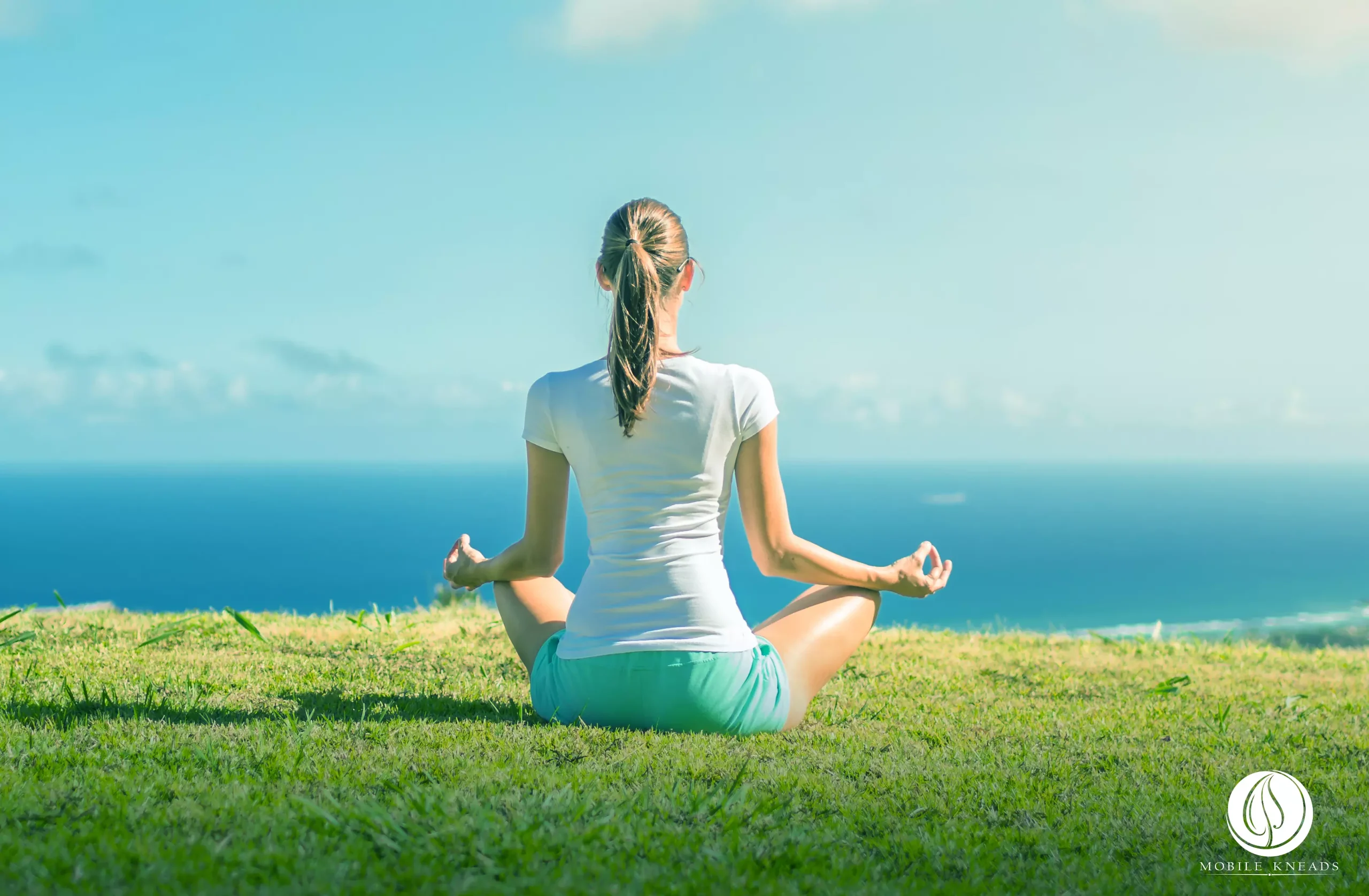Meditation is an effective method for improving one’s well-being. Learning how to meditate brings peace of mind and great health and wellness. Regular meditation practice can serve as an antidote to the noise in our lives, bringing us into a more balanced state wherein we can access our inner thoughts and emotions.
What Exactly Is Meditation?

Meditation is an ancient practice in which practitioners employ specific tools and practices to help them focus on the present moment, increasing self-awareness without judgment. This is the process of how to meditate despite the busy schedule.
Mindfulness, guided meditation, and body scan meditation are standard meditation practices that help with attention, concentration, mental health, and sleep. It can help you learn how to sharpen your awareness, connect to the present moment, and discover inner peace.
5 Meditation Techniques for Beginners
Learning how to meditate properly takes time and practice. Here are meditation practices to get you started on your journey:
Locate a suitable location and area.
Find a peaceful, distraction-free location, and then find a comfortable position. Try the lotus posture, which entails crossing your legs and resting your right foot over your left thigh and your left foot atop your right thigh. Use a pillow or invest in a meditation cushion if you need more support.
Do the Body Scan
A body scan is a widespread technique in which you move your attention from one region of your body to the next, usually from head to toe. Take note of any physical feelings while you complete a body scan. This meditation approach can assist in addressing areas of the body that are enduring chronic pain or releasing tension caused by stress or an intense emotional state.
Take the Lead with Your Breath
Breathing is an integral part of meditation. Take deep breaths, extending your belly with a rich inhale and contracting your belly with a slow exhale. Concentrate on how your lungs expand, and your body relaxes as you breathe.
Allow Distractions to Come and Go
It is natural for your mind to wander during meditation, especially if you are new to the practice. The goal is not to stop your mind from wandering but rather to become aware of when it does so that you can gently redirect those ideas without judgment or frustration.
Put Your Hands Over Your Eyes and Close Them
Closing your eyes during your session can help you concentrate. By turning off the flow of visual information, your other senses will become more acute, and you will be more in tune with what is going on inside you and around you. With an open heart and mind, embrace all sensations.
Meditation Techniques
Meditation can be practiced in various ways, including loving-kindness meditation, transcendental meditation, walking meditation, and visualization. You can also look for a meditation teacher or use numerous meditation apps to access your daily meditation. Here’s a step-by-step tutorial to help you get started:
-
Locate a Peaceful Spot to Sit in
Locate a distraction-free area where you may sit in solitude. Find a comfortable location to sit, whether on a chair or the floor.
-
Set a Timer for 15 Minutes
If this is your first time meditating, choose a relaxing time for you. Set a timer after deciding on the duration so you can focus without having to keep track of your own time. Trackers are available in several apps and websites, and you can enter your time to track your progress.
Be a Bystander
Close your eyes as you begin. Maintain a steady and deliberate breathing pattern. Feel what’s going on inside your body and observe it without judgment. Check-in with any feelings, even if they are unpleasant, and feel your weight against the chair or the floor. Take in the sights, sounds, and smell that surround you.
Learning the art of mastering how to meditate can be challenging but fun. It needs your entire focus. Therefore, continue to concentrate on yourself. Beginning at one end of your body, slowly move your attention around your body, taking note of what is calling to you. Try not to change your thoughts or sentiments. The goal is simple awareness.

Concentrate on Your Breathing
Concentrating on your breathing is an effective way of meditating. Follow the lead of your breath as you become aware of what is going on in your inner world.
Count your inhalations and exhalations. If you don’t want to count your breaths, try counting backward from ten. One hand on your tummy and one against your chest might help you listen in and follow your breath. Continue doing this until your timer goes off.
Allow your thoughts to roam. Allow your mind to wander for 20–30 seconds before closing your eyes to end the session.
Final Thoughts
Now that you’ve taken the first step in improving your mental and physical well-being, keep in mind to continue at a comfortable pace. Learning how to meditate for beginners could be challenging, but with this article, you are good to go!
Always research as you go along the journey on how to meditate correctly. For more wellness tips and lessons, visit mobilekneads.com. Our therapists will soon be accessible through the Mobile Kneads app, where you can easily book professional health guidance and services.



